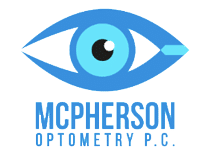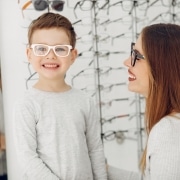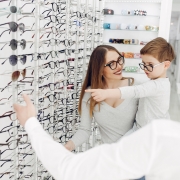When Does My Child Need Vision Training Exercises?
Vision training exercises may sound like a formal term, but it may be more practical than you’re picturing. For example, children already train their eyes on a regular basis, whether they’re looking from a test to a blackboard or on the horizon from the playground. Here, we’ll look at when kids may need more formal vision training exercises, particularly if they suffer from common conditions like lazy eye.
Standard Symptoms
Symptoms of visual disorders are sometimes easy to spot. You may see your child rubbing their eyes, constantly squinting, or having issues completing close-up tasks. You might also notice signs of cross eyes or drifting eyes. Some are harder to spot, such as if your child’s head tilts to one side as they’re reading or if they seem to have general hand-eye coordination issues.
Which Vision Therapy Is Best for My Child?
Visual exercises can include anything from relaxing the eye muscles to conscious blinking to tracking objects. For example, you might have your child pick a point about 10 feet away, usually on the floor or wall, and then trace a figure eight along the surface. Or you might have your child look away from a task, whether it’s homework or a video game, every 20 minutes to focus on a target at least 20 feet away.
Of course, the best visual training exercises depend on not just the type of visual condition that your child has, but also which exercises they’re actually going to incorporate into their everyday routine. The right eye doctor in North Syracuse, NY can recommend an individual treatment plan that helps you get your child’s vision where it needs to be. Plus, you can start getting a handle of your child’s overall visual development, which can help you prepare for potential issues that may come up down the line.
Pediatric Eye Exams in North Syracuse
There are certain childhood visual disorders, such as lazy eyes and cross-eyes, that can be treated with nothing more than the right early interventions. Even seemingly permanent conditions, like myopia, can be influenced if you address them early enough. If you’re looking for a pediatric eye exam in North Syracuse, NY, contact the offices of McPherson Optometry P.C. to see how we can help!





